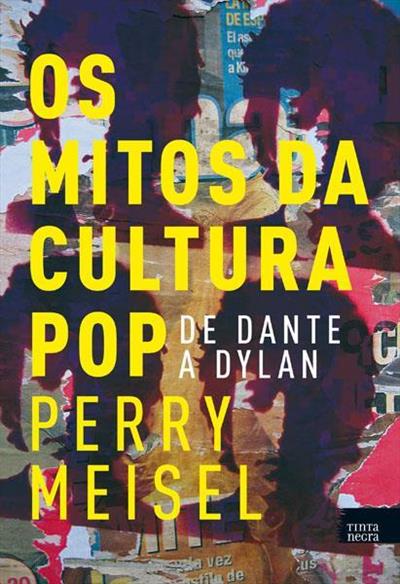About a year after Cream's break-up in 1968 you could go listen to Jack Bruce for two bucks and a bottle of beer at any number of low-prestige clubs around Manhattan. Bruce had just joined Tony Williams's fledgling Lifetime (together with the relatively unknown John McLaughlin, with whom Bruce had worked in pre-Cream days in London) and had thereby removed himself from the ken of an adoring rock audience despite his prowess as a singer and rock bassist without peer. Bruce had almost willfully set himself apart - he had become vanguard crossover, but he had also become a pariah as far as pop mythography was concerned. This image of odd man soon joined the growing eccentricities of his composing to make Bruce an enigma to all but a tiny cult following, even with his return bid for official stardom with West, Bruce, and Laing a few years ago. Despite the fact that 1969's Songs for a Tailor, his first formal solo project, was a minor rock classic, none of his three solo albums are available today in the United States, although his fourth solo album and his first since 1974, How's Tricks, has just been released on RSO.
In certain ways the new album represents Bruce's first substantial break with his previous solo work. The elaborate textures and sonorities of his three earlier discs have been exchanged for the clarities of a minimal quartet, while the songs themselves tend to be straighter and more accessible bag things than you might expect from the brooding composer of Songs for a Tailor, Harmony Row and Out of the Storm. Bruce's new band is composed of relatively unknown British musicians, but they can play everything from jazz-cool funk (How's Tricks) to flat-out rock and roll ("Madhouse," "Baby Jane"), with stops in between at rock ballads ("Without a Word," "Something to Live For") and symphonic montage ("Times"). You could even argue that the bag tunes are evidence that Bruce is joining the mainstream again by becoming a repentant latecomer to the roots revival after too many skirmishes with the avant garde. "Johnny B '77" is a giveaway nod in this direction, and "Madhouse" teases a Chuck Berry hook with at least as much elan as Bob Seger or Graham Parker. A slow blues like "Waiting for the Call" even takes you back to Cream heights like "Politician" or "Sitting on Top of the World," and reminds you how much Cream was really Bruce's band in both its live and its studio incarnations.
Bruce's singing here is also stronger and suppler than ever before, and it can bite your heart out with its tart shivers and exultations. It's no accident that the album's keenest vocals come on "Waiting for the Call," a song of mastery ("I'm captain of the ship") with few precedents in Bruce's scenarios of decay, corruption, and missed opportunities. When Bruce intends conventional kinds of melodies, he writes them with an unsurpassed sense of drama and sings them with more genuine passion and self-curtailment combined than virtually anyone else in rock. Lyricist Pete Brown's obsession with moments of interruption and images of nature going to hell imparts a peculiar feeling of urgency to the natural tautnesss of Bruce's voice, and gives it an existential edge even more pronounced than Parker's and more manicured than Bryan Ferry's.
Despite the novelties and the accessibility, though, the album still bears the characteristic Bruce signature throughout. There are rarely easy hooks in Bruce's music, and even though the new disc is more overtly tuneful than previous ones, what hooks there are get handled with the same kind of restraint that pressure-cooks the singing. Even the Berry channel of "Madhouse" is played only once through whenever it comes around, at least until the rocking vamp at the tune's close allows for an unusual and welcome release. Otherwise, the music consists of uncannily affecting chromatic modulations that rise and fall in spectral sheets of sound, and whose drama depends largely on Bruce's cunning (and for rock, almost unique) use of dynamics. Most of all, Bruce's cross rhythms build stress so that the tautness of his voice becomes the model for his ensemble ideas.
This is exemplary British rock of the kind that Bruce helped to invent - music poised between classical and blues feeling. His cross-rhythms are just one example of the warring prerogatives that set up a nexus of exalting tensions at the center of his music. All this has a conceptual counterpart, too, in the admixture of British folk motifs and American dreams that have characterized Brown's lyrics since Songs for a Tailor and before Anglo-Saxon weirds come and go with themes for imaginary Westerns. Together they map out fields of cultural force that cross and collide like the rhythmic tensions in Bruce's arrangements or like the tension between Scottish ballads and Nina Simone in his voice.
Originally published in The Village Voice, June 6, 1977



